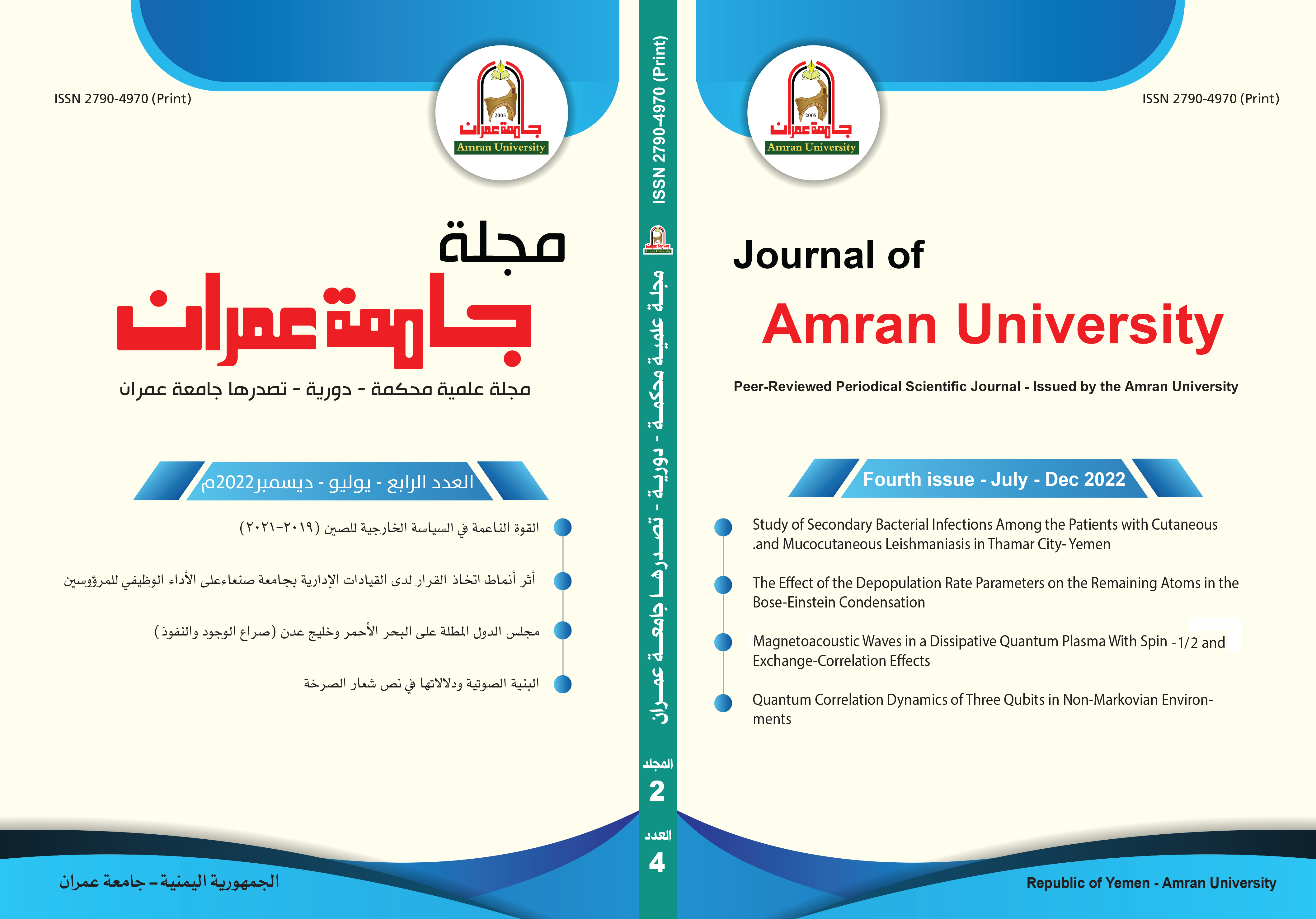مجلس دول البحر الأحمر وخليج عدن (صراع التواجد والنفوذ)
DOI:
https://doi.org/10.59145/jaust.v2i4.45Keywords:
الأمنية, البحر الاحمر, باب المندب, الصراع, السياسي, الاقتصاديAbstract
The study main aim is to demonstrate the importance of the Red Sea and Bab El-Mandeb strait in the international and regional powers strategies, their political, economic and security motives and real causes of the conflicts. The study was based on a basic premise that Saudi Arabia plays a major and hidden role in the service of the American-British-Zionist project in the generations of the Arab, Gulf and Islamic states by recognizing the state of the Zionist entity through the “Deal of the Century” and full normalization with it, which is a matter of significance and a deep and clear goal indicative of Saudi Arabia playing this role and reaching a conclusion A peaceful settlement of the Palestinian issue in favor of the state of the Zionist entity. In fact, the US support for Israel has been entrusted to Saudi Arabia and the UAE to play this role in order to besiege Iran and its allies in the region.
- Work on to keep the region away from the circles of international and regional conflict and polarization and refrain from granting facilities and leasing ports and islands to foreign countries to set up military bases on them.
- Enhance Arab and Islamic cooperation to preserve the Red Sea as a pure Arab coast apart from foreign and international influence and to avoid turning it into a war zone for the international powers at the expense of the peoples of the region.
- The call to stop the Saudi-Emirati aggression against Yemen, because its continuation increases the risks to navigation in the Red Sea and the Gulf of Aden.
Downloads
Published
How to Cite
Issue
Section
License
Copyright (c) 2022 JOURNAL OF AMRAN UNIVERSITY

This work is licensed under a Creative Commons Attribution-NonCommercial-NoDerivatives 4.0 International License.

